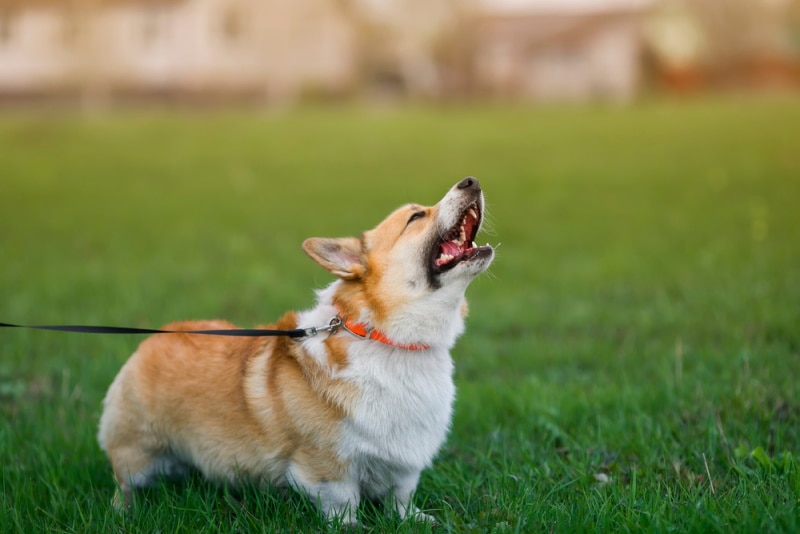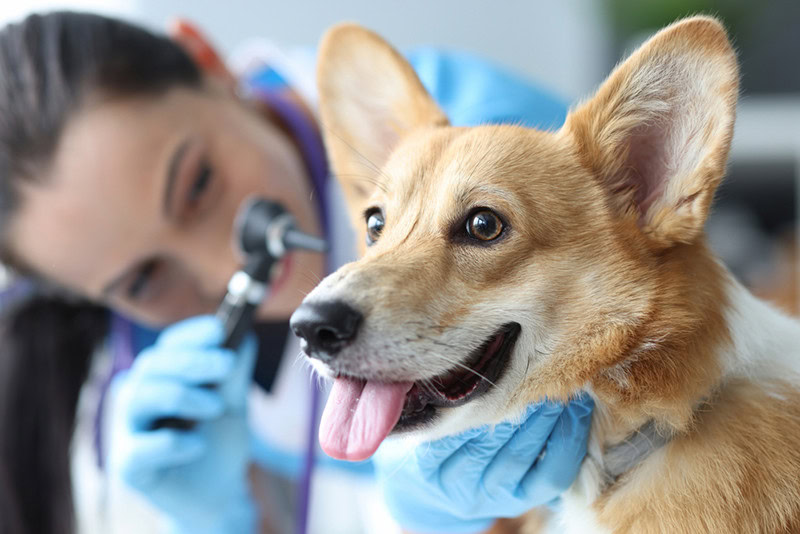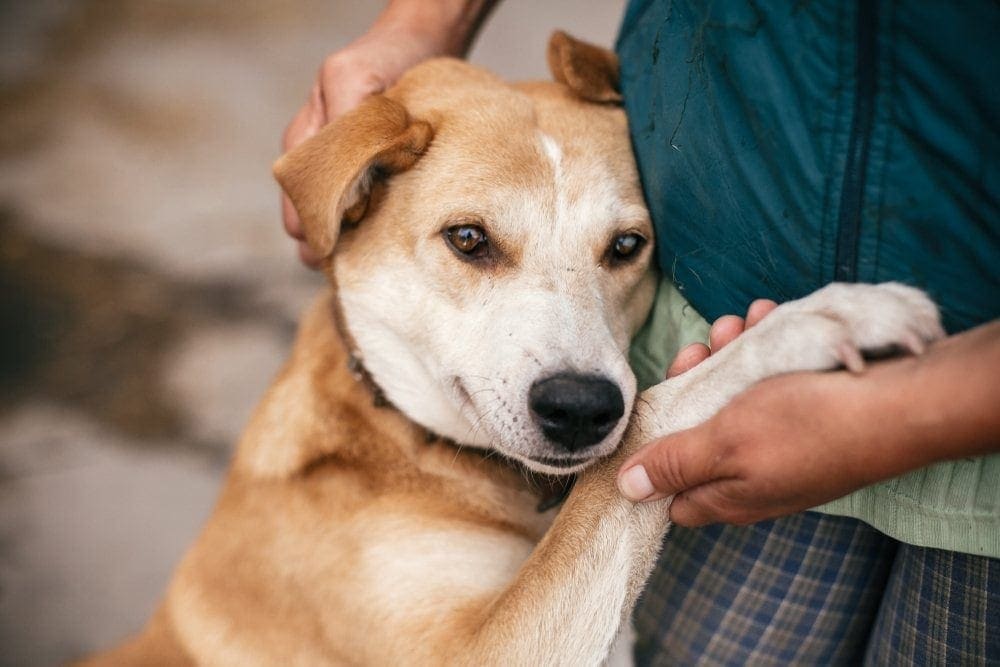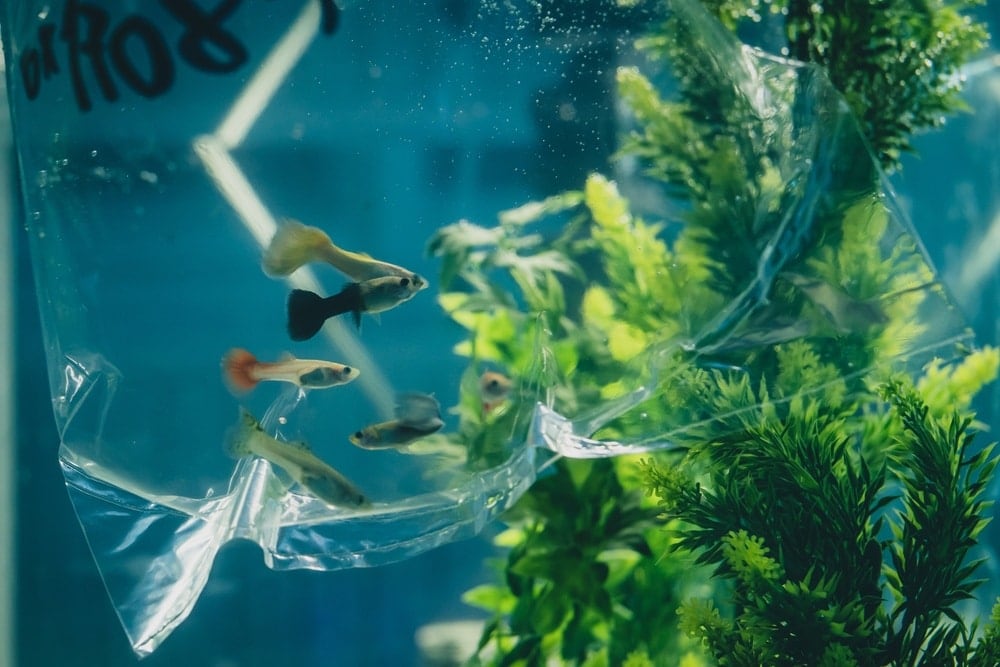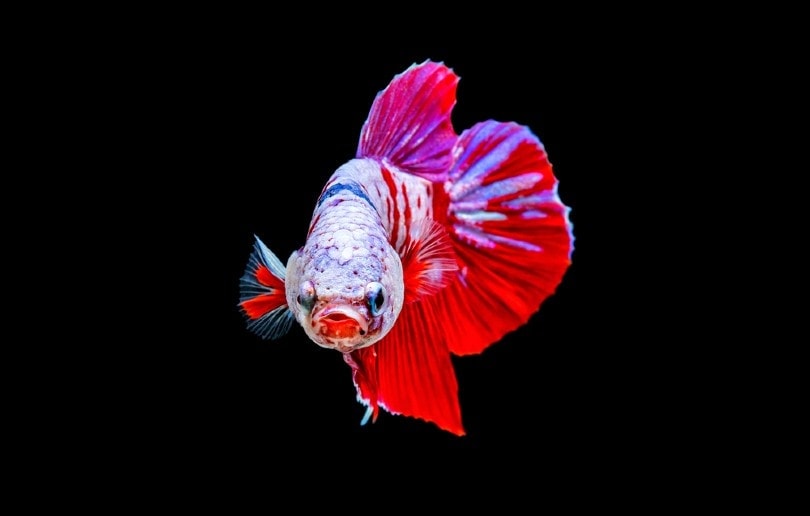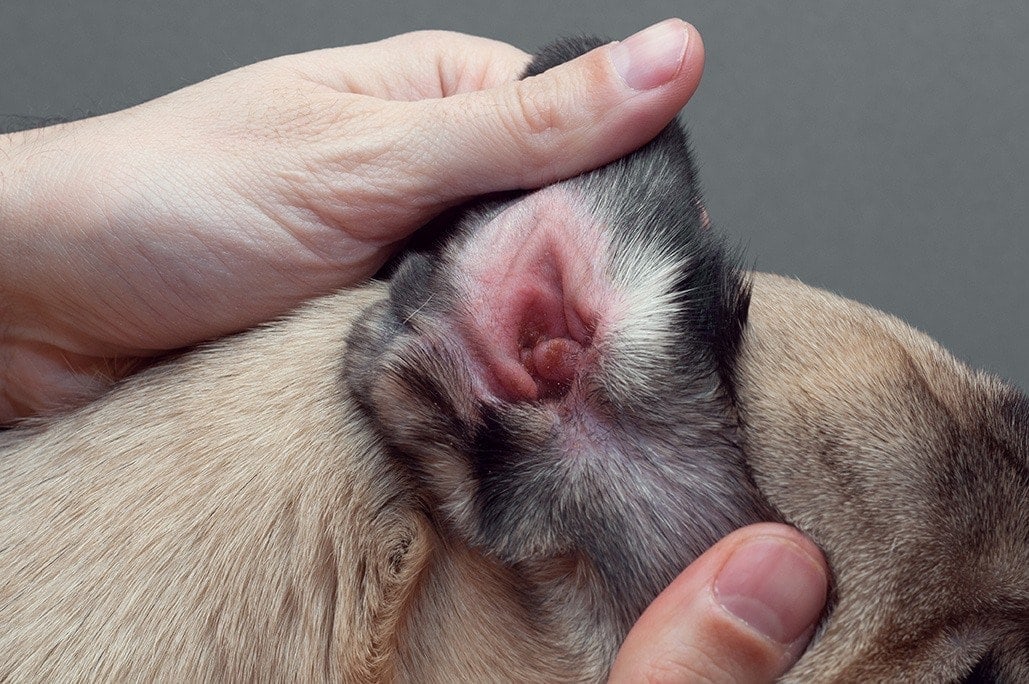When to Spay or Neuter a Cavalier King Charles Spaniel? Vet-Approved Facts

Updated on

In the world of pet ownership, some decisions are easy to make. However, big decisions like when you should get your Cavalier spayed or neutered can often be more challenging to make. Knowing what the professionals say should guide you, and the veterinary advice is to get them spayed or neutered at 6 to 9 months old.
This age is disputed among even the veterinary world, however. Some groups, such as the ASPCA (American Society for the Prevention of Cruelty to Animals), heavily advocate spaying and neutering. They suggest that dogs (including Cavaliers) can be spayed and neutered as young as 8 weeks old.
PetMD has a differing opinion; in a study they conducted, it was determined that spaying or neutering dogs younger than 6 months old could be more harmful1 in the long term.
Why Should I Spay or Neuter My Cavalier King Charles Spaniel?
There are many health benefits to spaying and neutering. For example, your Cavalier King Charles Spaniel will not only be unable to produce puppies (there are already 3.1 million dogs at any time in shelters around the US)1, but they’ll also be much less likely to suffer from several types of cancer.
The fact that your female Cavalier will no longer have seasons or attract unneutered males may also appeal to some owners. In a PetMd study, it was revealed that while spaying female dogs has many health benefits, such as a reduction in certain cancers, neutering a male dog may be less beneficial to their health.
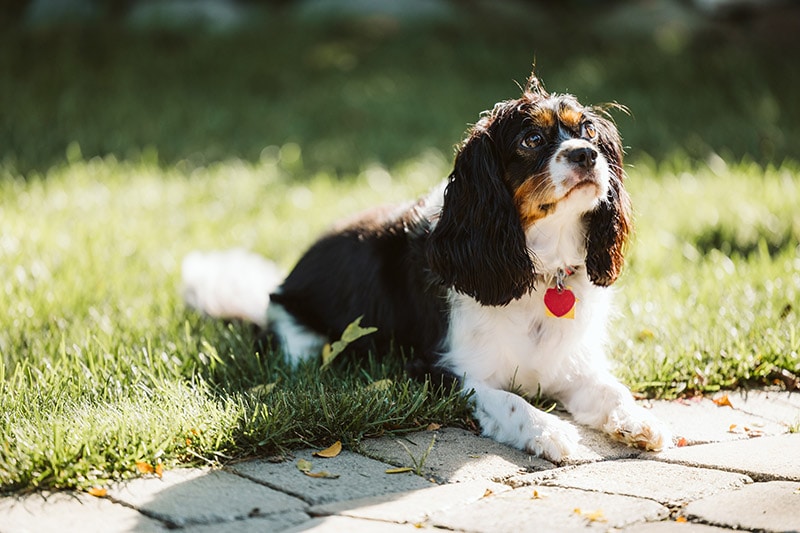
Benefits
The health benefits your Cavalier King Charles Spaniel can gain from being spayed or neutered range from being less likely to suffer from certain cancers (such as mammary and uterine for females and testicular for males) to pyometra (a womb infection) prevention.
The behavioral aspects of spaying and neutering your Cavalier King Charles Spaniel can’t be overlooked. For both male and female Cavaliers, unwanted behaviors such as inappropriate mounting, inappropriate scent marking, and aggression can be reduced or eliminated by neutering.
Behaviors that can be improved by spaying and neutering also include:
- Aggression
- Territorial behavior
- Hypersexuality
Things to Consider
There are some potential unwanted side effects that your Cavalier King Charles Spaniel can suffer if they are spayed and neutered, along with the benefits. Some sources suggest that for female dogs, spaying is much more beneficial health-wise than neutering (castration) for male dogs. PetMD finds that male dogs may be at a higher risk of suffering from diabetes, osteosarcoma, hypothyroidism, and obesity if neutered.
The risk of obesity is present for both sexes, as your Cavalier may not want to exercise once they’ve been neutered and may want to eat more. This can be resolved, however, by ensuring your Cavalier is on a nutritious diet and gets enough exercise once they’ve healed from their surgery.
There are also risks with the surgery itself, but these are small. For example, there’s a slight risk with the anesthetic that dogs have to go under during the procedure (approximately one dog in 2,000 will die under anesthesia). The healing of the wound also has a small risk of infection and post-operative complications that may require follow-up appointments with your veterinarian.
How Much Does It Cost?
The cost of neutering or spaying your Cavalier King Charles Spaniel will vary according to where you live. The average price in the Midwest, East Coast, and West Coast will all vary, but a general idea of price can be found below:
| Spaying | Neutering |
| Midwest: $80—$250 | Midwest: $70–$120 |
| East Coast: $175–$400 | East Coast: $190–$450 |
| West Coast: $121–$172 | West Coast: $73—$107 |
Final Thoughts
Spaying and neutering your Cavalier King Charles Spaniel is a personal decision. Some factors should be considered before going ahead, including the age of your Cavalier. However, the procedure has many benefits, ranging from reducing several types of cancer to reducing unwanted behavior and keeping thousands of unwanted puppies out of kill shelters each year.
Most veterinarians concur that 6 to 9 months is the optimum age for dogs to be neutered and spayed. This may further help mitigate risks associated with the procedure, including the issues with anesthesia.
Featured Image Credit: Fotyma, Shutterstock


